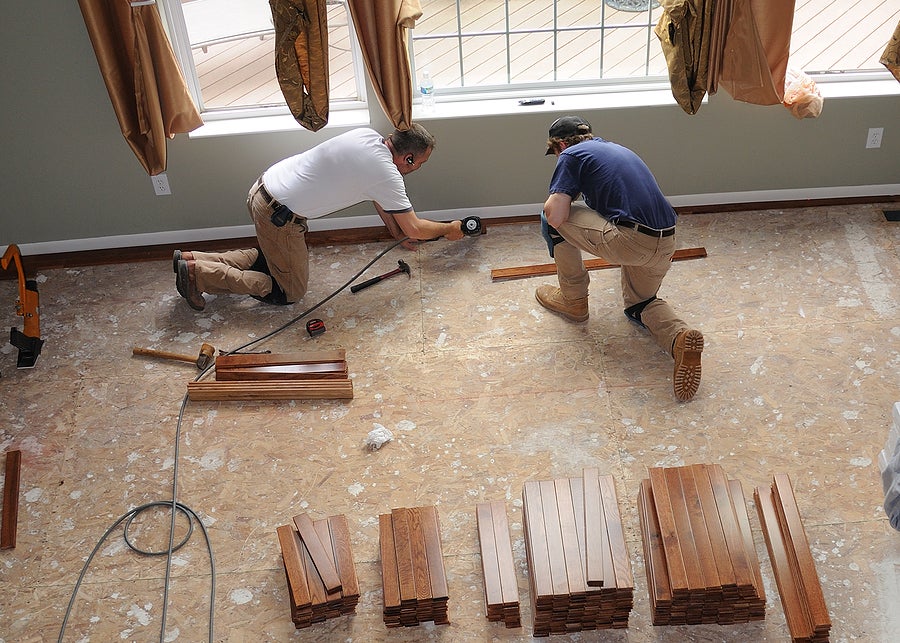Renovating Your Home: A Comprehensive Guide to Refurbishment
Whether you’re looking to revamp a single room or undertake a full-scale renovation, careful planning and strategic execution are key to achieving your desired outcome.
In this essay, we’ll explore the essential steps involved in refurbishing a house, from initial planning to the final touches.
The first step in refurbishing your house is to assess your needs and establish clear goals for the project. Consider the areas of your home that require attention and identify your priorities.
Whether it’s updating outdated fixtures, expanding living space, or improving energy efficiency, defining your objectives will guide the entire refurbishment process.
Once you’ve determined your goals, the next step is to create a detailed budget. Calculate the costs associated with materials, labor, permits, and any unexpected expenses that may arise during the renovation.
It’s essential to set aside a contingency fund to accommodate unforeseen circumstances and prevent budget overruns.
With your goals and budget in place, it’s time to develop a comprehensive renovation plan. Consult with architects, designers, or contractors to draft detailed blueprints and timelines for the project.
Consider factors such as structural integrity, zoning regulations, and aesthetic preferences when designing your renovation plan.
Before commencing any work, obtain the necessary permits and approvals from local authorities. Failure to comply with building codes and regulations can result in costly fines and delays.
Be sure to hire licensed professionals for tasks that require specialized skills, such as electrical and plumbing work, to ensure safety and compliance with building standards.
Once all permits are secured, the renovation can begin. Start by clearing out the area to be refurbished and protecting surrounding surfaces from damage.
Demolition work may be necessary to remove old fixtures, walls, or flooring, depending on the scope of the project. Dispose of debris responsibly and in accordance with local waste disposal regulations.
With the space cleared, it’s time to address structural and mechanical components. Repair any damage to the foundation, walls, or roof to ensure the integrity of the structure.
Update electrical and plumbing systems to meet current codes and accommodate modern appliances and fixtures. Investing in energy-efficient upgrades, such as insulation and windows, can improve comfort and reduce utility costs in the long run.
Once the infrastructure is in place, focus on the aesthetic aspects of the renovation. Choose high-quality materials and finishes that align with your design vision and budget.
Whether you prefer a sleek modern aesthetic or a timeless traditional look, select colors, textures, and fixtures that complement your personal style and enhance the overall ambiance of your home.
Pay attention to details such as lighting, hardware, and accessories to add personality and character to your space. Consider incorporating eco-friendly features, such as reclaimed wood or recycled materials, to reduce your environmental footprint and create a unique design statement.
As the renovation nears completion, don’t overlook the importance of proper finishing touches. Clean the space thoroughly to remove dust and debris from construction activities.
Apply fresh paint or wallpaper to walls and ceilings to give the room a polished look. Install flooring, trim, and molding to add architectural interest and create a cohesive design scheme.
Finally, take the time to evaluate the finished renovation and address any remaining tasks or deficiencies. Test all systems and appliances to ensure they are functioning properly and troubleshoot any issues that arise. Make any necessary adjustments or repairs to achieve the desired level of quality and craftsmanship.
In conclusion, refurbishing your house is a rewarding undertaking that requires careful planning, attention to detail, and skilled execution.
By following these essential steps and investing time and resources into your renovation project, you can create a beautiful, functional, and comfortable living space that reflects your personal style and enhances your quality of life for years to come.

